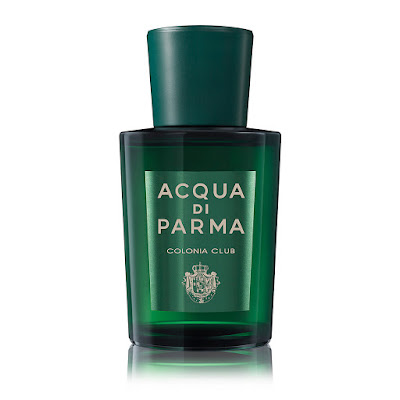Nose: Alberto Morillas
Mauboussin Homme is a fragrance which could effortlessly sell well in today’s niche or high-end designer market. I would definitely pay a higher price for it, since for the quality, its price a complete steal. The composition smells quite “new” and really sophisticated, the materials are clearly good and vibrant, there’s almost zero “designer cheapness”, and the scent shows all the solid skills of a great nose like Morillas. It’s a win to all extents, and I can’t see a reason to dislike it – except maybe for the slightly disappointing longevity, and the fact that they reformulated it – I assume that happened somewhere in 2005/2006 when Diana de Silva (which manufactured the first version) closed down. I haven’t tried the second version, which seems easier to find today, but the earlier bottles (with the purple bottom band) are still quite widely available, so no panic– in case of doubt, I’d look for those. And anyway my review is based on that first version.
Now, the juice: a surprisingly consistent, compelling and elegantly comforting smooth blend opening with a fresh and distinguished – but somehow “youthful” too – accord of bergamot, lavender and cinnamon soon joined by a sort of “phantom of Azzaro pour Homme” bone-structure (anisic sage and other “culinary” herbs, woods), recalling itself YSL Rive Gauche pour Homme, and also Cristobal pour Homme; together with a crisp, tasteful accord of something like ginger and spiced sandalwood which, as other reviewers noted, does indeed recall Carven Homme a bit. All brilliantly dusted with a subtle sweet accord of vanillic patchouli (smelling basically almost like cocoa beans) which considering the presence of citrus, herbs, sandalwood and musk, seem somehow anticipating some chords of Guerlain L’Instant pour Homme. But it's not over yet: there's also something dark around, dark and medicinal too, which joins the aromatic herbs in a really far souvenir of vintage YSL M7 (in the end, Morillas just composed it the year before).
You get the picture: a modern, spicy-balsamic (almost minty at first) Oriental fougère with a really crisp and smooth vibe and a dark shade, rounded by a surprisingly odd but perfectly fitting sort of sweet-fresh frame (I think it’s due to some nuances of cinnamon and lemon blending together), quite complex actually but perfectly harmonic and really easy to pull off. An elegant and uplifting fragrance to say the least, with a perfect evolution bringing it towards lukewarm woodier-muskier territories as hours pass, still keeping the lavender-cinnamon-vanilla combo up and running (joined by a whiff of cedar-infused incense, maybe due to the aromachemicals commonly used to built sandalwood notes).
Some of the facets of Mauboussin Homme show indeed many references to other fragrances, but considered as a whole, this scent is actually quite unique. It brilliantly puts together several inspirations, and it does it with versatility and effortless class. It smells like a bridge between classic aromatic fougères like Azzaro pour Homme and post-2000s Oriental woody-spicy gourmands. I’d define it quite “laid-back”, sophisticated by with a really carefree and relaxed vibe. And smelling just good, really good. It has just something “right” and inspired, which I really enjoy a lot. Recommended.
8/10
























